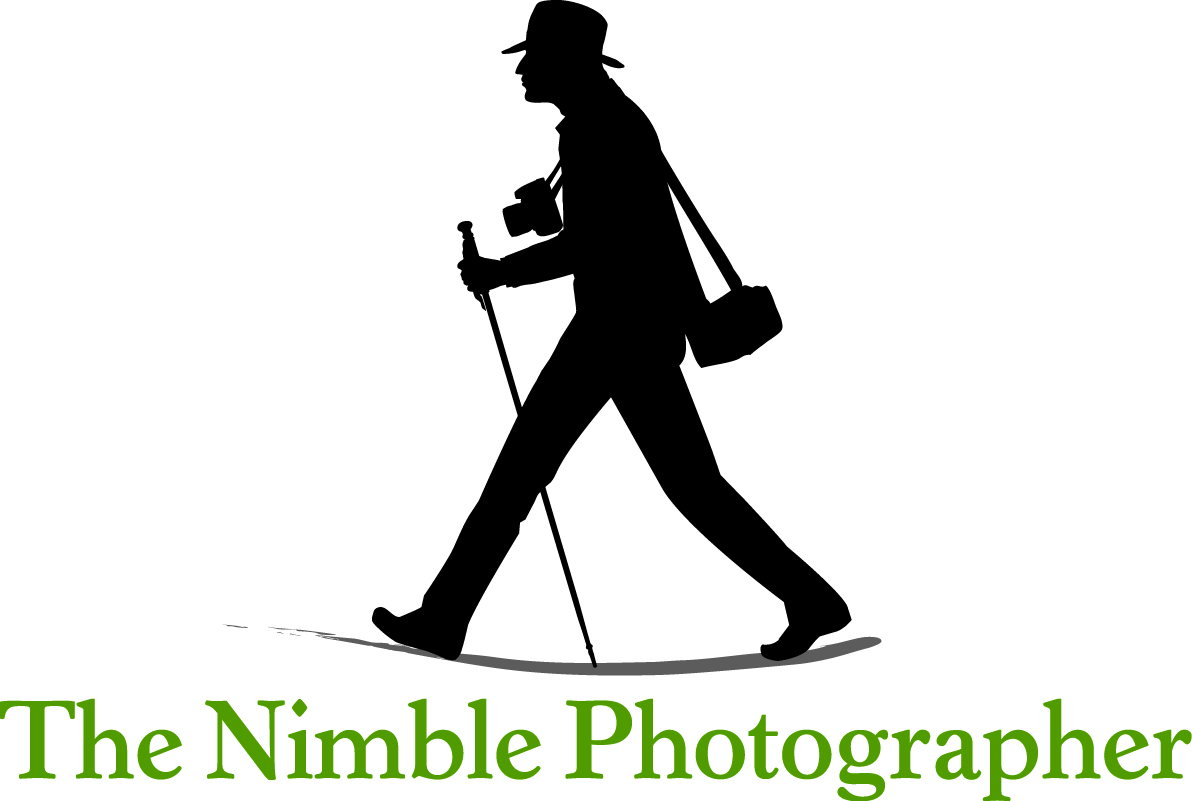It was bad enough that I was the only guy with a film camera in Austin.
Here we were, a group of professional photojournalists testing a state-of-the-art digital device, with me discretely pulling out a Contax G1 every now and then.
"No wonder he's an independent," someone must have thought.
Yet I persisted, although as quietly as possible.
One moment that I couldn't resist, however, was at the Mean-Eyed Cat Bar. We had been there for a bit taking a break, and I parted from the group to explore with the G1. I loved the interior of this place.
When no one was looking, I pulled the camera from my bag, propped it up on a table, turned on the self-timer, and pressed the shutter button. There was no actual need to work that quickly. I was just nervous about making a scene.
The exposure, however, seemed to be taking painfully long.
About 10 seconds in to it, Steve Huff walked by. He's a nice guy, but we hadn't really interacted much on this trip.
"What are you doing?" he asked.
"I thought I'd capture of few frames of this great interior," I replied.
"Oh, really" he asked. "With the lens cap on?"
The front of the camera had been hidden from my view. But sure enough, as I looked over it to inspect the glass, the lens cap was securely in place.
"I guess that would explain the very long exposure, wouldn't it?"
"I'm sure it would, " he said, then continued on his way.
I most likely would be getting any freelance offers from Steve Huff Photo. Too bad. It looks like a terrific web site.
But after I removed the lens cap, I did get a beautiful shot.
-Derrick
